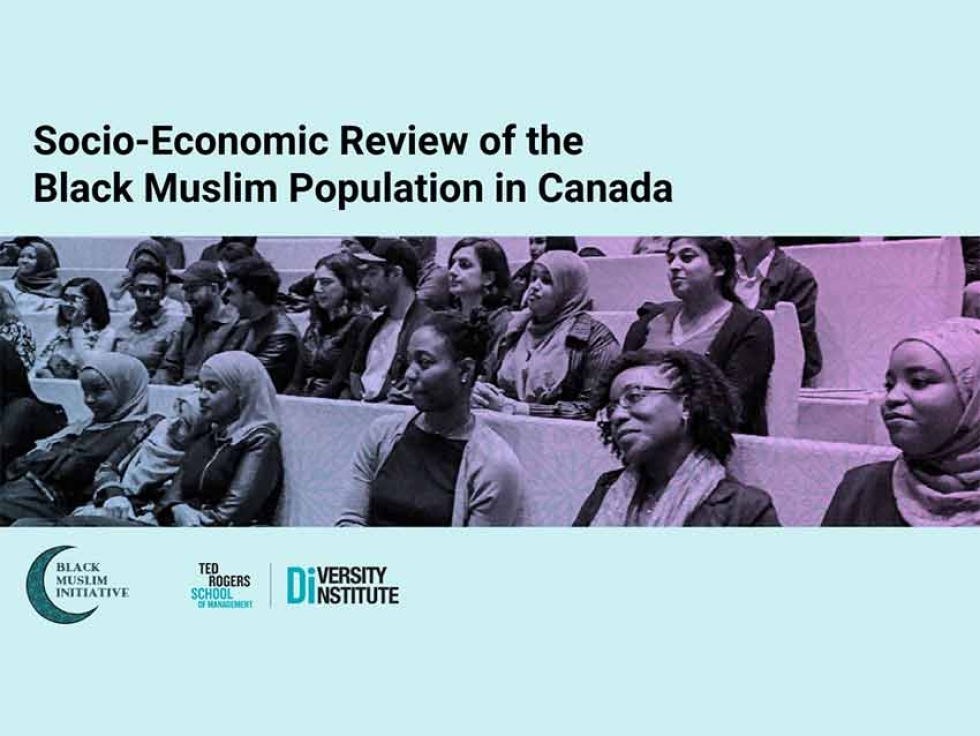
Feb
Socio-Economic Review of the Black Muslim Population in Canada: Report
Written by Black Muslim InitiativeBlack Muslim individuals in Canada experience overlapping forms of racial and religious discrimination that shape their everyday lives. Media outlets highlight the community’s experiences linked to racism and religious discrimination.
Between 2020 and 2022, several news sources reported Black Muslim women in Alberta experiencing traumatic and dehumanizing hate-motivated attacks. In December 2020, two Black Muslim women in Edmonton were verbally threatened with racial obscenities, chased and assaulted. About a week later, at an Edmonton transit station, a woman tried to hit a young Black Muslim woman with a bag while yelling racial obscenities. On New Year’s Day 2022, outside a mosque in Edmonton, a man verbally threatened and attacked a Black Muslim woman in her vehicle with her children. Incidents of violence against the Black Muslim population have sparked calls for advocacy to dismantle white supremacist groups and for government to develop policies and initiatives to address hate-based violence.
Much research exists on either the Black or Muslim population in Canada; however given intersectionality, it is crucial to understand the unique experiences of the Black Muslim population. Furthermore, existing research on the Black Muslim population focuses on those of Somali origin or uses qualitative data methods.
This report addresses the need for a comprehensive understanding of the socio-economic realities of the Black Muslim population. It provides a detailed portrait of the socio-economic status of the Black Muslim population and can be used to inform policy, programs and future advocacy work.
This report is part of an ongoing series of research publications aimed at helping the [Black Muslim Initiative] understand the current and future challenges of the Black Muslim community. We are particularly grateful to the Black Business Initiative and the Government of Canada’s Supporting Black Canadian Communities Initiative for helping to facilitate this work. We are also grateful to the research team at Toronto Metropolitan University’s (formerly Ryerson University) Diversity Institute (DI), who, when presented with this idea, were keen to partner with us on the development of this report.





_1765244389.png)






